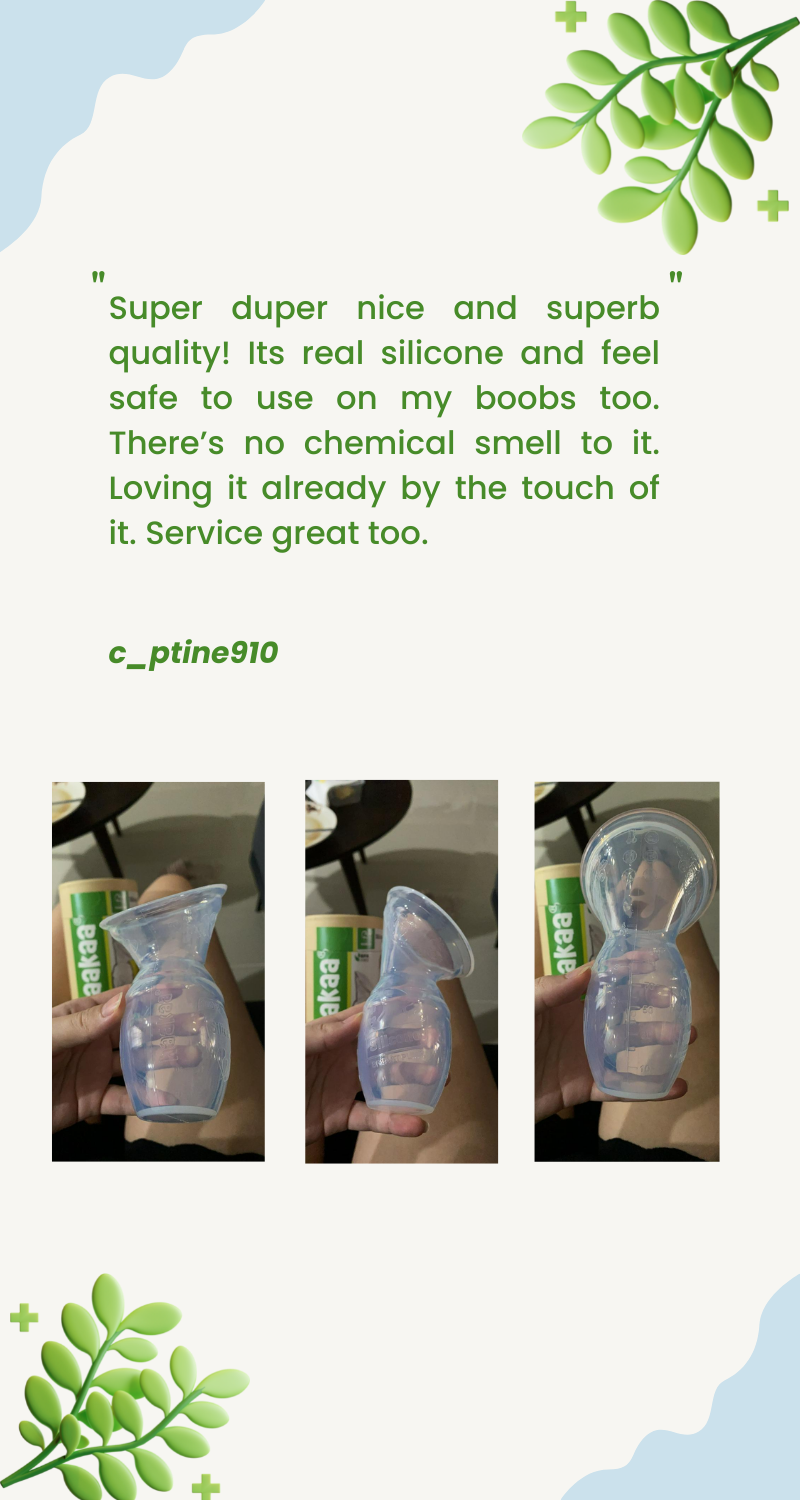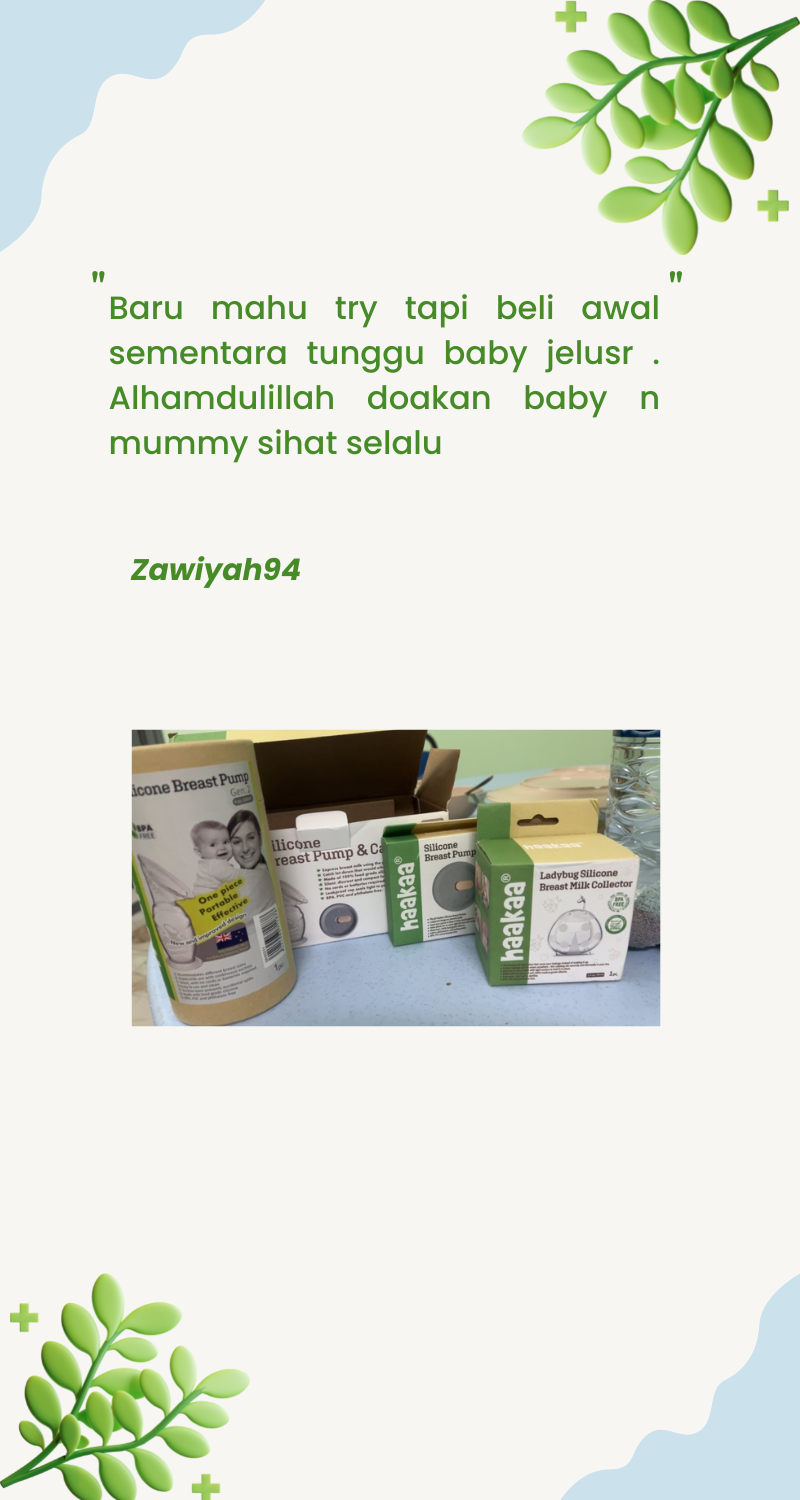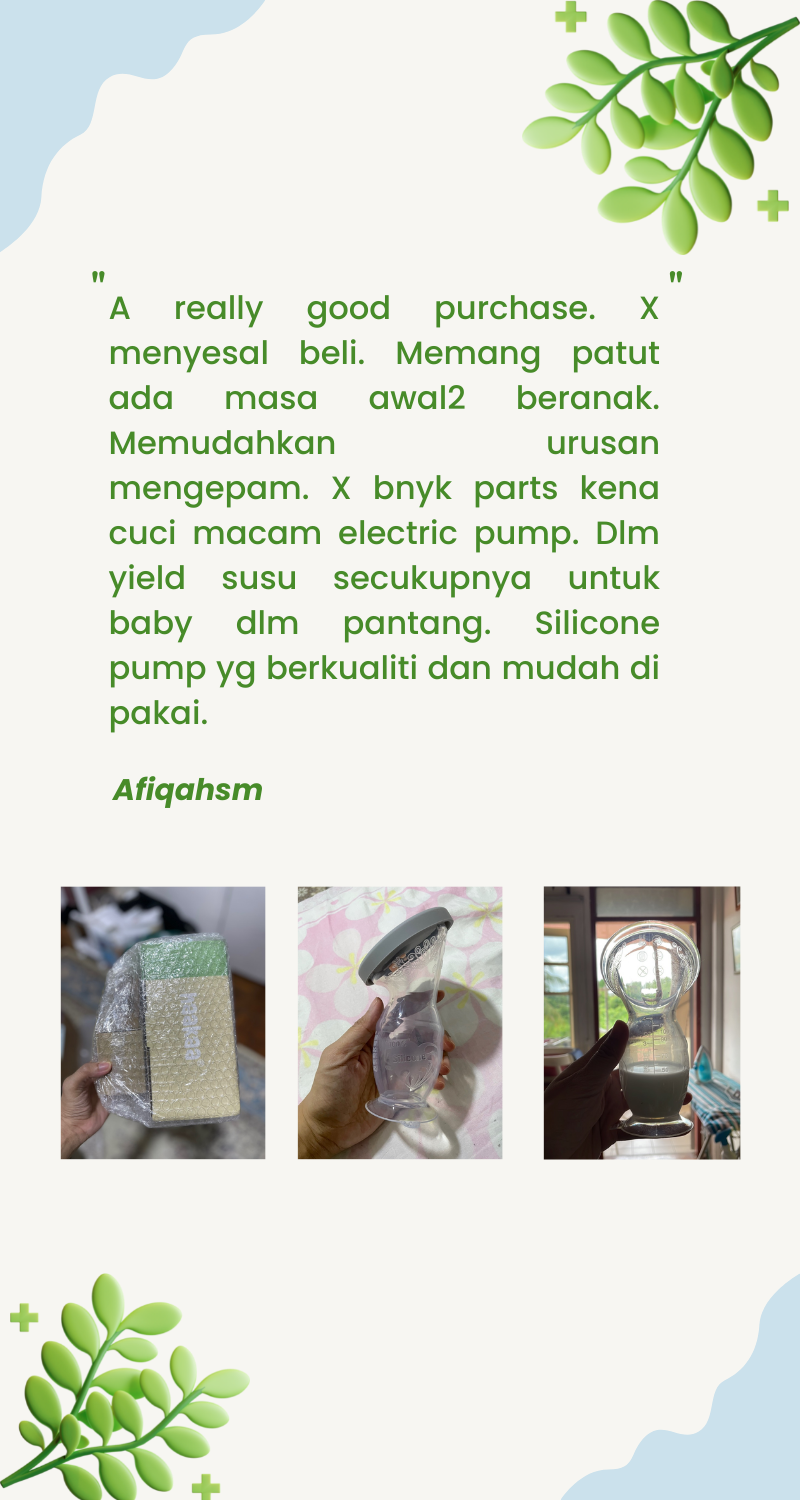Contraception Methods Postpartum

Written by midwife and creator of Bumpnbub, Aliza Carr.
Discussing fertility, pregnancy spacing, and safe sex with your healthcare professional postnatally is essential. This is known as interconception care. Interconception care is defined by the Australian Journal of General Practice (AJGP) as the time between one pregnancy and the next, where care is given to optimise your health, discuss previous pregnancy outcomes and pregnancy intervals. The most effective way to prevent a short pregnancy interval or unwanted pregnancy is postpartum contraception. Contraception is a topic that should be discussed with your GP, midwife or obstetrician in the postpartum period.

Family Planning Victoria recommends contraception from three weeks postpartum or before having sexual intercourse after your baby is born. All women have the right to access accurate information regarding safe, effective and affordable contraception of their choice. For some mamas, thinking about sex after birth is overwhelming and not something they wish to discuss. That too is okay - there is no right or wrong time to commence contraception (if you choose).
Choosing when to start using contraception and which method to use is a very personal choice. It is important to remember that no contraceptive is 100% effective. Many factors will impact which method you choose, including side effects, future planning of pregnancies, previous contraceptive experience, cost and convenience, compatibility with breastfeeding, ease of use and feedback from others. It is particularly important to discuss appropriate contraceptive methods with your doctor if you are breastfeeding, as some hormonal contraceptives may affect your breastmilk supply. A lot of mothers assume while breastfeeding, they are not ovulating and cannot fall pregnant. While the chance of you falling pregnant when breastfeeding a newborn is low, breastfeeding is generally not a reliable method of contraception.

How Effective Is Breastfeeding As A Contraceptive?
Mothers who exclusively breastfeed are less likely to ovulate before their first menstrual period compared to mamas who partially breastfeed or don't breastfeed at all. All mothers begin to menstruate at different stages after giving birth, some take weeks, and others don't menstruate for years if breastfeeding. The hormone oestrogen is at a very low level when breastfeeding, which can prevent ovulation and pregnancy. This is called Lactational Amenorrhea (LAM). The Australian Breastfeeding Association (ABA) describes LAM as effective if you meet all of the criteria. The three criteria of LAM contraceptive as described by ABA, are:
- Your baby is less than six months old.
- You are exclusively breastfeeding, not giving your baby any other supplementary food or fluids, and have no more than 6 hours between breastfeeds.
- You have not had a menstrual period after giving birth (a bleed more than two months after birth).
If all three of these statements apply to you, you meet the requirements of LAM being an effective contraceptive method. If any of these statements do not apply to you, you should begin to consider another form of contraception to decrease your risk of conception (if you would not like to fall pregnant). It is best to discuss the LAM method of contraception and its effectiveness with your healthcare professional, remembering that LAM does not protect against any sexually transmitted infections (STIs).
Non-hormonal Contraceptive Methods
All non-hormonal contraceptive methods do not affect breastfeeding as there are no hormones involved with how they work.
● The Withdrawal Method is not a recommended method of contraception with only an 80-96% effective rate, as per Family Planning Victoria. Even when withdrawing the penis before ejaculation, there is still a chance sperm can be present in the vagina from pre-ejaculate and result in a pregnancy. Withdrawing or pulling out is difficult if ejaculation happens quickly and provides no protection against STIs.
● Condoms are a physical barrier of latex or synthetic latex that can be placed over the penis (external condom) or inside the vagina (internal condom) to prevent sperm from entering the vagina. Condoms have an 88-98% effective rate depending on how correctly they are used, protect against STIs and can be used any time after birth.
● A Diaphragm is a shallow round-shaped silicone device that you insert into the vagina to cover the cervix. The diaphragm needs to be coated in a special gel that causes sperm to die quickly and needs to be left in the vagina for at least 6 hours after sexual intercourse. A diaphragm has an 82-86% effective rate, no protection against STIs and is recommended not to be used until at least six weeks postpartum.
● A Copper Intrauterine Device (IUD) is a non-hormonal IUD wrapped in copper that is inserted into the uterus by a trained health professional. Copper is toxic to sperm, so the copper IUD impedes the transport of sperm and thins the endometrium to make implantation difficult for a fertilised egg. Copper IUD is 99% effective and can last over five years in the uterus but has no protection against STIs.

Hormonal Contraceptive Methods
Methods of contraception that involve hormones will require a prescription from your doctor (except the emergency pill) and may have an impact on breastmilk supply if the artificial hormone oestrogen is present. A comprehensive discussion with your doctor regarding any breastfeeding effects and side effects of contraception methods is recommended.
Hormonal contraceptives commonly work by inhibiting ovulation, thickening cervical mucus, making the lining of the uterus unsuitable for implantation of a fertilised egg, and changing the fluid composition in the uterus to make sperm transit difficult. All of the hormonal contraception methods below have no protection against STIs, although condoms can be used as well as these methods. The rates of effectiveness for these methods are all stated by Family Planning Victoria.
There are three types of contraceptive pill which are all taken orally:
- The Combined Oral Pill contains two hormones, oestrogen and progesterone, and is 99% effective when taken correctly at a similar time every day, while only 93% effective if you miss a pill. There are different brands of combined pills that all have different side effects. The pill can be taken six weeks postpartum but can affect breastmilk supply. Chat to your GP about other options, or wait until breastfeeding supply is well established before commencing.
- Progesterone-Only or 'mini pill' is similar to the combined pill, but it only contains progesterone. The mini pill is usually prescribed in the postpartum period if you are breastfeeding, to minimise effects on milk supply. As the mini pill is a lower dose of hormone, it must be taken at the same time every day to be 99% effective.
- Emergency Pill or 'morning after pill' is a one-off tablet taken after unprotected sex, not a contraceptive to be used regularly. The emergency pill can be purchased over the counter at pharmacies without a script and taken up to 4 days after unprotected sex. It is around 85% effective in preventing pregnancy.
- The Implanon implant is a small plastic rod inserted just under the skin on the inside of your upper arm and releases progesterone. The implant can last three years and is 99% effective. It can be inserted any time after giving birth and is safe while breastfeeding.
- IUD releasing progesterone (Mirena) is a small 'T' shaped device inserted into your uterus by a trained healthcare professional and slowly releases progesterone. The Mirena can stay in your uterus for over five years and is one of the most effective types of contraceptive with 99.7% effectiveness. There is no breastfeeding effect with the Mirena as the hormone is released locally into the uterus.
- Contraceptive injection (Depo Provera) is an intramuscular injection of progesterone that provides three months of contraceptive cover. It is 99% effective if you have the injection every 12 weeks, with the effectiveness less if it's more than 12 weeks before getting the next injection. The depo injection is safe while breastfeeding, and you can have it any time after birth.
- A Vaginal Ring (Nuva Ring) is a soft plastic ring placed in your vagina that releases oestrogen and progesterone (the same hormones as the combined oral pill). The ring needs replacing every three weeks and has a 93- 99% effective rate if used correctly and replaced on time. A vaginal ring can be used six weeks after birth, but if you are breastfeeding, oestrogen can decrease your supply - so another contraceptive may be more suitable.
AJGP states that out of all the contraceptive methods, IUD's and Implanon implants are the most effective.

Medical methods of contraception are appropriate when you and your partner decide you don't want to have any more children or are recommended by a healthcare professional. Medical methods of contraception are a permanent way to suppress fertility for a woman or man, and both involve a surgical procedure. Tubal ligation or "having your tubes tied" is a keyhole procedure where clips are placed on your fallopian tubes to block them and prevent eggs from travelling into the uterus to be fertilised. Tubal ligation is effective immediately after the procedure. The other option is for a man to have a vasectomy, which blocks the tubes that carry the sperm. It takes about three months after a vasectomy for the semen to not contain sperm anymore, and it is encouraged to use another form of contraception during this time. Both tubal ligation and vasectomy are over 99.5% effective against preventing pregnancy.
Please chat with your healthcare provider about your personal choice and the above options. Literature and recommendations are constantly changing. This is not medical advice and is general knowledge only.







